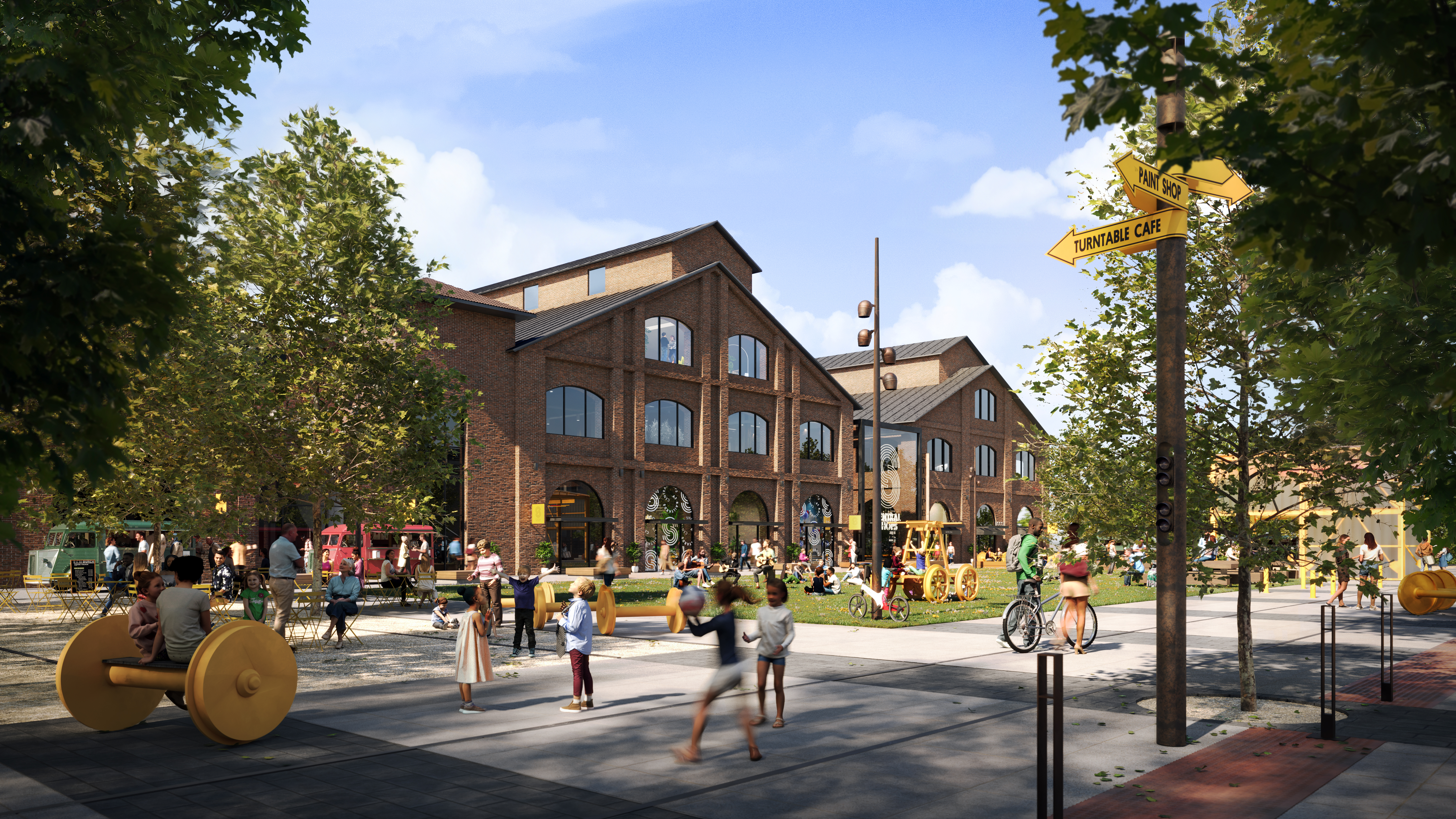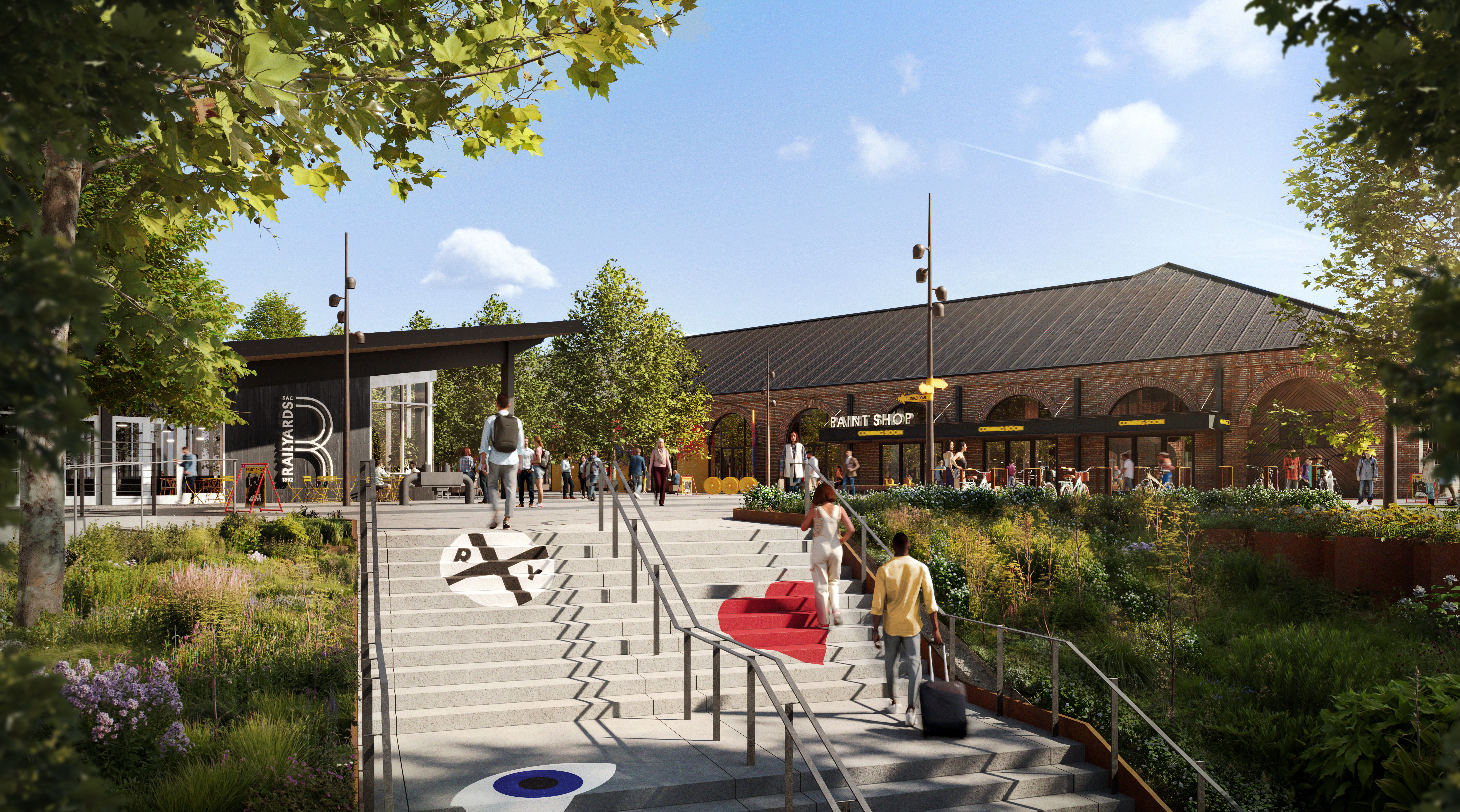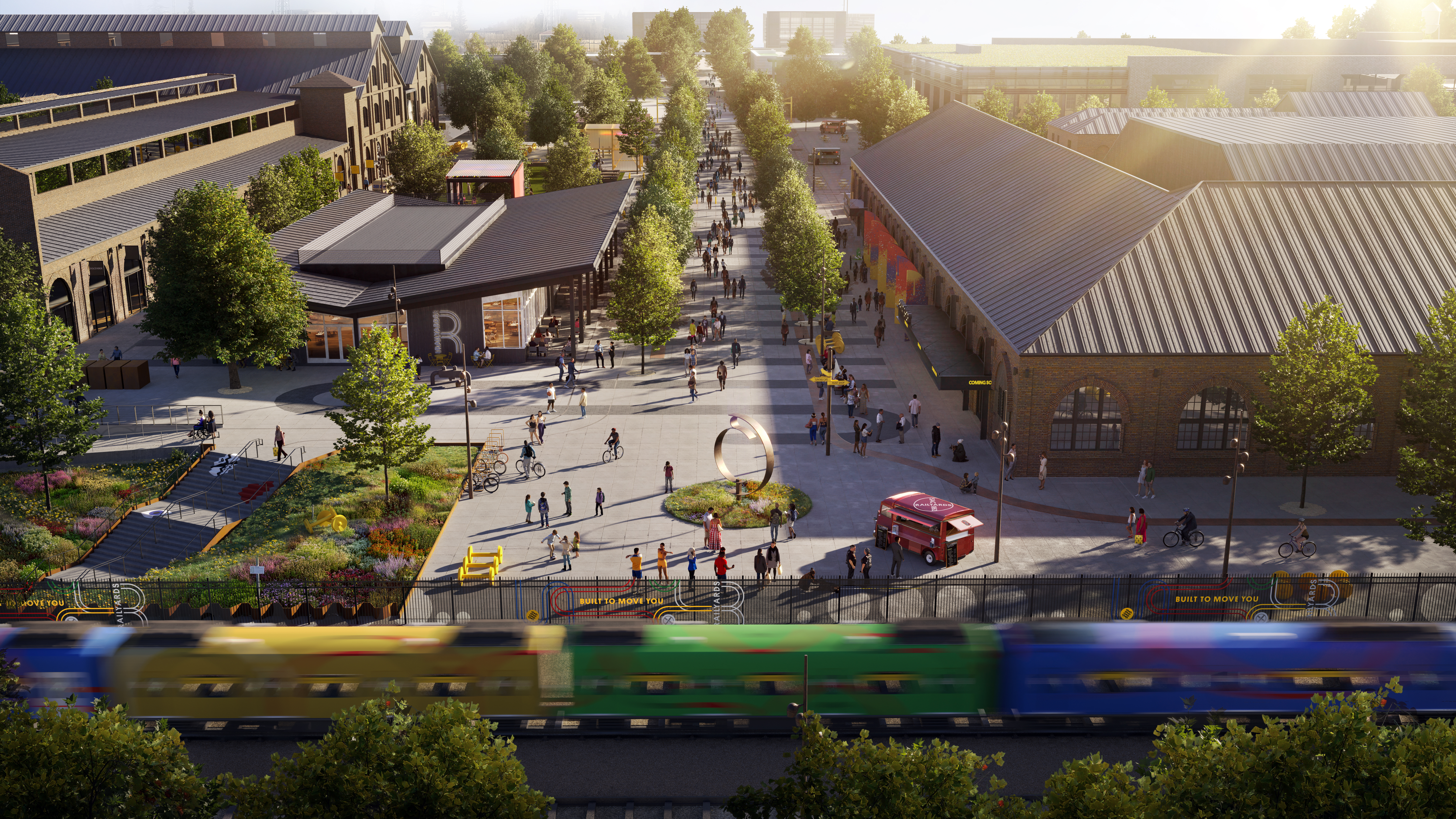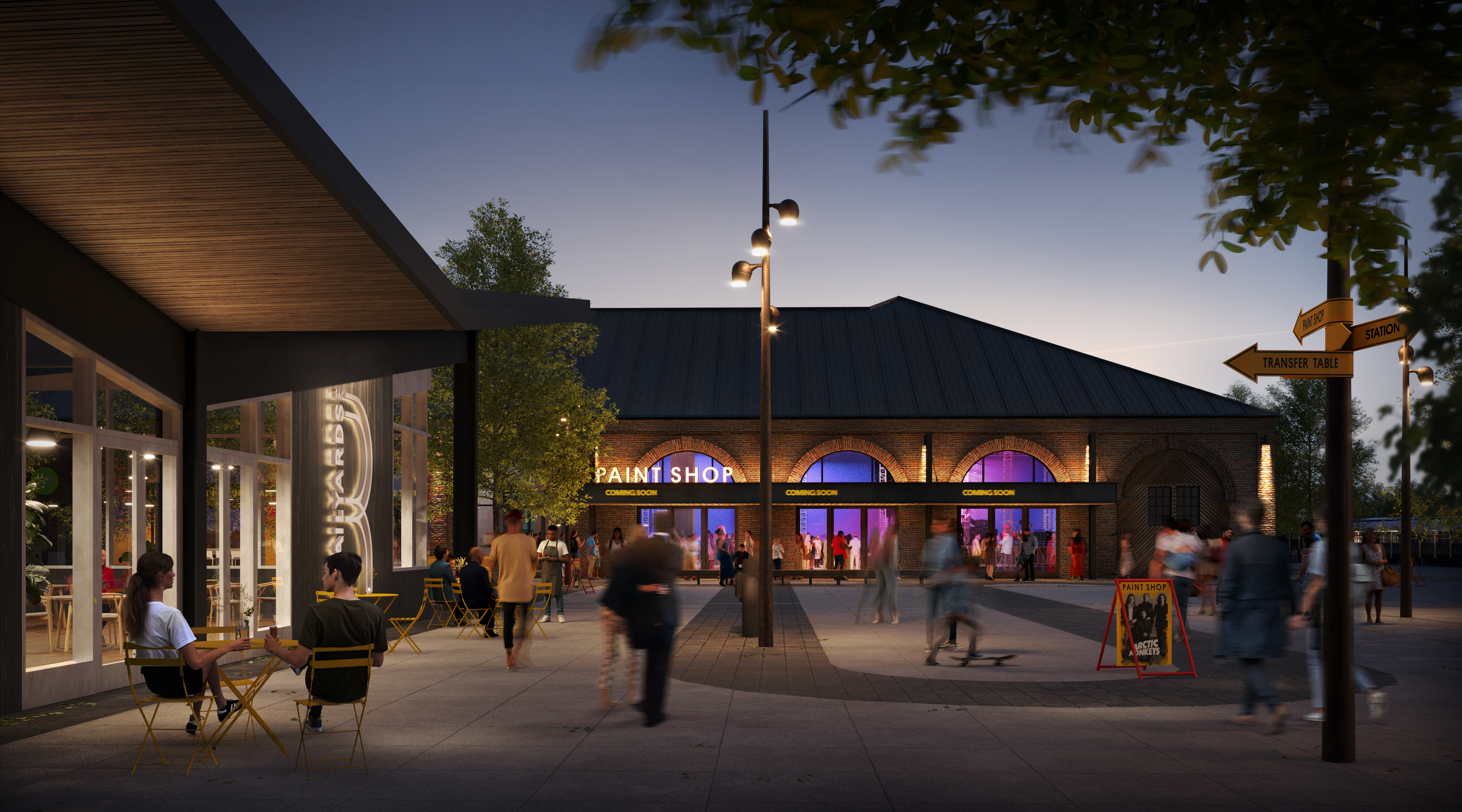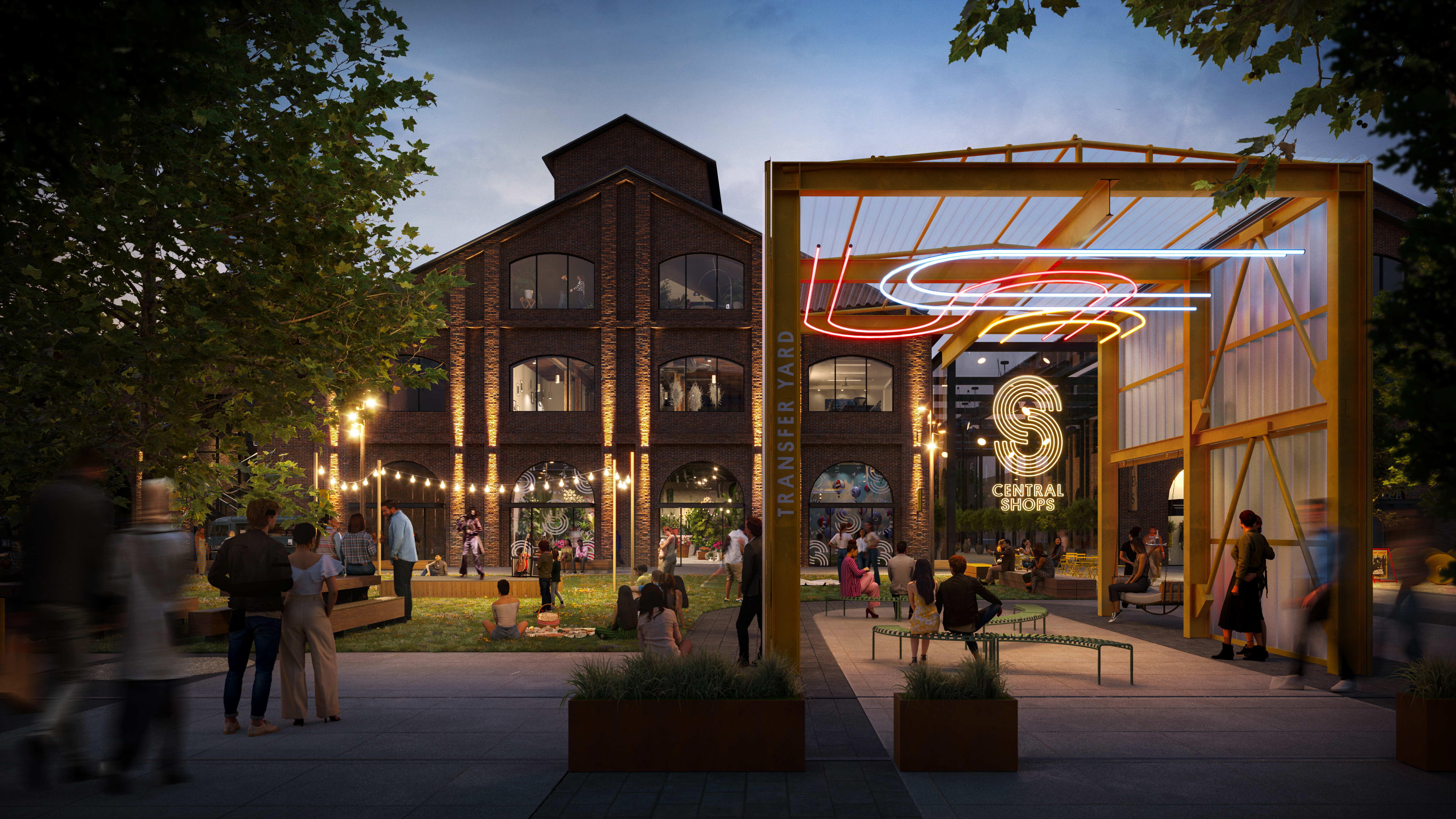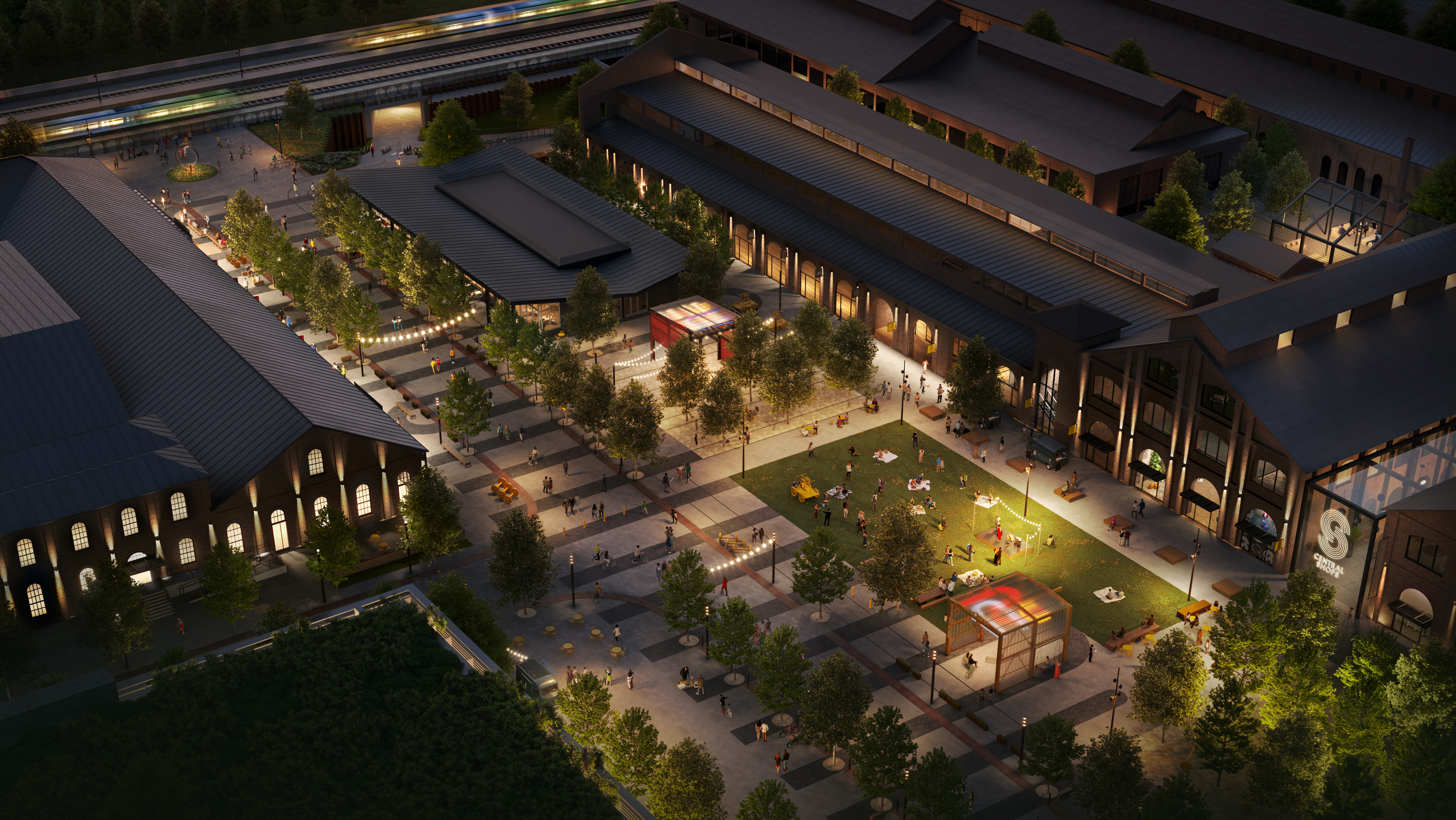
January 9, 2024 / Author: the Railyards
Find out why young millennial families are moving to the city and the surprising benefits of raising a family in an urban city environment.
Choosing where to live is never an easy decision, especially for parents or parents-to-be. After all, there are certainly benefits to rural, suburban, and urban living. However, one trend has become apparent over the past few years—urban living is VERY attractive to younger parents.
There are many reasons why today’s parents are moving their families to big cities and urban areas; here are seven of the biggest.
- More job growth and better pay
- Proximity to entertainment, jobs, retail/ shopping, dining
- Eco-friendly living is important to younger families
- Educational opportunities that rival suburban schooling
- Access to culture, sporting events, museums, and art
- Cities are safer to live in than rural areas when comparing certain metrics
- Opportunities to socialize and build relationships
#1: More Job Growth and Better Pay
Suburbs are lagging behind cities when it comes to job growth and income, according to a study by Pew Research Center.
The non-partisan research group reported that since 2000, urban areas have led suburban areas when it comes to engagement in the job market, income, and home value. Changing demographics seem to be at play; as suburban areas see an increase in adults aged 65 and older and those under the age of 25, cities and urban areas are seeing an increase in adults in their prime working age, particularly those aged 25-44.
#2. Proximity to Everything
Living in the city means that your favorite restaurant, coffee shop, health foods store, and even your job is closer than ever. Young parents who have grown up in sprawling suburbs are impressed by how convenient everything is to their apartment or home. A car may not be necessary, as walking is often possible and mass transit is usually available too.
#3. Eco-Friendly Living
Younger parents are more concerned about the environment than their parent’s generation. Urban living offers many opportunities for a more sustainable lifestyle than living in the suburbs.
A UC Berkeley study found that suburbs account for half of all household greenhouse gas emissions despite accounting for less than half of the U.S. population. The average carbon footprint of households living in the center of large, population-dense urban cities is about 50% below average, while households in suburban areas are up twice the average.
Urban communities often prioritize walkability, building mixed-use neighborhoods where residents can walk to work, shops, eateries, entertainment, and transit hubs. Suburban areas remain defined by dependence on driving and low-density development.
Big cities and urban areas prioritize sustainability, which is very appealing to younger parents who want to live—and raise their families—in a more sustainable way.
Discover 5 ways Sacramento is making sustainability strides.
#4. Educational Opportunities
For many years, the suburbs were usually the place to turn for the best schools. However, this is changing. Larger cities are realizing the need for excellent schools so they can compete with the suburban communities.
For students, this competition is a great thing. In addition to excellent traditional schools, there are often charter or magnet school opportunities available in urban areas. In a CREDO urban charter school study report, urban charter schools provided significantly higher levels of annual growth in math and reading compared to students at charter schools in non-urban areas. This equated to urban charter students receiving the equivalent of roughly 40 days of additional learning per year in math and 28 additional days of learning per year in reading.
#5. Culture and Entertainment
If you love music, sporting events, plays, and museums, you’ll probably feel right at home in a big city. The sheer amount of culture and entertainment opportunities in a big city or urban area can almost be overwhelming. Museums, art galleries, music events, and other cultural and entertainment amenities are usually easily accessible by bike or public transit in an urban area.
#6. Cities are the Safest Place to Live
Driving for miles in one direction to visit a primary care doctor and miles in the other to see a specialist is a regular occurrence for suburbanites. On the other hand, living in the city means that needed medical care is often just minutes away. This is one of the reasons why cities are the safest place to live, according to a study published in the Annals of Emergency Medicine, which found that large cities in the U.S. are significantly safer than rural areas.
People drive more, over longer distances, and far faster in rural areas compared to cities. Unfortunately, they also drive under the influence more in less populated areas. Motor vehicle crashes lead to almost three times as many deaths in rural areas compared to cities, which offer more opportunities to walk, bike, or take public transit.
All of this walking also brings additional health benefits to those who live in urban areas. New Yorkers live in the densest urban area in the U.S. and live about 2.2 years longer than the national average.
Sure, some cities are safer than others, and crime rates vary across different urban areas, which can considerably impact health and safety factors. But in general, living in an urban area could keep your family healthier and safer.
#7. Opportunities to Socialize
In the city, a young family can make social connections that are difficult, if not impossible, anywhere else. Close proximity to coffee shops, clubs, restaurants, entertainment events, and fitness complexes provides many opportunities to meet new people and socialize with existing friends.
Green spaces, parks, bike trails, and dog parks provide ample opportunities for young parents to take their families out for fresh air activities with friends. Multi-family residential housing often offers additional opportunities to connect with other families through shared amenities such as pools, gyms, community dining areas, and other shared spaces.
Living in the city is a great option for many young people. With more areas undergoing renewal and renovation, the definition of urban living is changing. Families are finding that urban living brings incredible opportunities that simply can’t be found anywhere else.
This blog post was originally published in 2017 and has been updated in 2024 to reflect up-to-date information and statistics.

